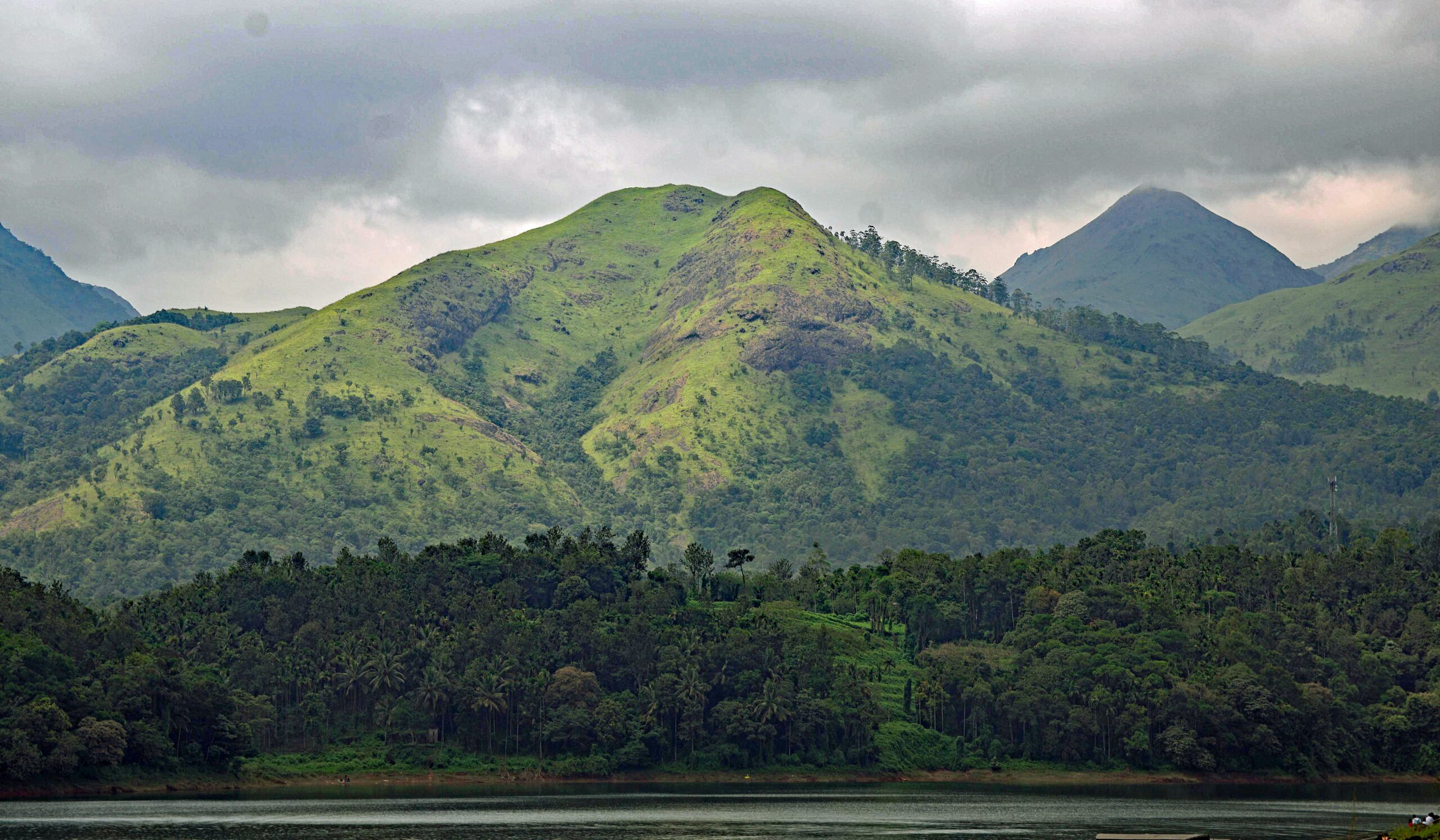Why in the news?
Experts have raised concerns over the field verification of the Ecologically Sensitive Zones (ESZ) in Kerala, as the state government has already fulfilled the criteria laid down by the Supreme Court.
Background
- Eco-Sensitive Zones (ESZ) refer to the surrounding areas of biodiversity conservation areas such as National Parks, Protected Areas, Wildlife Sanctuaries, etc. These are rich in environmental resources and require special protection.
- As per the National Environment Policy (2006), the Eco-Sensitive Zone (ESZ) is an area or zone that has identified environmental resources that have incomparable value and require special attention to conserve them.
- The concept of Eco-Sensitive Zones (ESZ) has evolved to ensure the protection of conservation areas by regulating the activities within the fragile ecosystem.
Notification of Eco-Sensitive Zones (ESZ)
- Eco-Sensitive Zones (ESZ) are notified by the Ministry of Environment, Forests and Climate Change (MoEFCC) under provisions of the Environment Protection Act (EPA), 1986.
Purpose of Eco-Sensitive Zones (ESZ)
- To protect the environment and ecology and prevent degradation due to anthropogenic activities.
- For creating a barrier or a transition zone for the protection of ecosystems.
- To minimise the destruction of forests and minimise man-animal conflicts.
Limits on Eco-Sensitive Zones (ESZ)
- The government can demarcate eco-Sensitive Zones (ESZ) up to 10 km from the protected areas.
- As per the government notification of ESZ, new commercial construction is banned within one km of the boundary of the protected area or up to the limit specified by the MoEFCC notification.
What was the Supreme Court decision on Eco-Sensitive Zones (ESZ)?
- The Supreme Court, while hearing a petition on the protection of forests in the Nilgiris region of Tamil Nadu, has directed that all the protected areas, such as national parks, wildlife sanctuaries, etc., should have a mandatory Eco-Sensitive Zone (ESZ), which will be a minimum of one km from the boundary.
- The Supreme Court has directed that the decision to demarcate ESZ for all protected areas will be in force even if the government has yet to finalise a law for the same.
- The Supreme Court also banned mining activities within national parks and wildlife sanctuaries.
Issues with the Supreme Court Directive on Eco-Sensitive Zones (ESZ)
Impact on human settlements
- The Supreme Court decision on ESZ was criticised as it did not consider the impact on human settlements in the vicinity of the protected areas that will be affected once the ESZ norms come into force.
- For example, the farmers in Kerala have raised objections as their settlements and farms are located within a 1 km radius of the protected areas. Declaring them as ESZ will prevent activities in those areas and affect their livelihood.
Topographical issues
- The Supreme Court directive on ESZ applies to all the protected areas in the country and does not consider the region’s topography.
- For example, the directive can cause issues for hilly regions, oceans, wetlands, etc., which have uneven topography.
Lack of scientific backing
- The declaration of a 1 km radius around protected areas as an Eco-Sensitive Zone (ESZ) was not based on any scientific study or recommendation of experts.
- Therefore the decision has been criticised by activists due to the lack of a participatory approach and scientific backing.
Ban on the construction of permanent structures
- The Supreme Court decision on ESZ also banned new permanent structures or mining within the ESZ.
- This ban will be detrimental to the developmental activities near the protected areas, such as metro car sheds, tourist areas, exploration of mines, etc.
Recent Context
- Experts have raised concerns over the field verification of the Ecologically Sensitive Zones (ESZ) in Kerala, as the state government has already fulfilled the criteria laid down by the Supreme Court.
Criteria laid out by the Supreme Court for relaxation of its directives on ESZ.
- The Supreme Court proposed a uniform ESZ of one kilometre from the forest boundaries and stated that States could seek relaxation in ESZ in cases where it was deemed necessary.
- The court also directed the Central Empowered Committee (CEC) and the Ministry of Environment, Forests and Climate Change (MoEFCC) to consider the requests from the States, along with the recommendations of these bodies.
Reasons for concerns and redundancy of the Field Verification of ESZ in Kerala
- The Kerala government has already completed the satellite survey of the buffer zone for human habitations and conveyed its findings to the Central Empowered Committee (CEC) and MoEFCC six months ago.
- These submissions were made to seek relaxation from the ESZ directive of the Supreme Court.
- Hence experts have flagged the redundancy of such exercises for demarcating ESZ areas in Kerala.
Mains Practice Question
What are Ecologically Sensitive Zones (ESZ)? Elaborate on the recent issue with the Supreme Court directive on Ecologically Sensitive Zones (ESZ).



 This helped !
This helped ! I still have doubts !
I still have doubts ! Can do better
Can do better Update Needed
Update Needed 0.0
0.0


 3 min
3 min